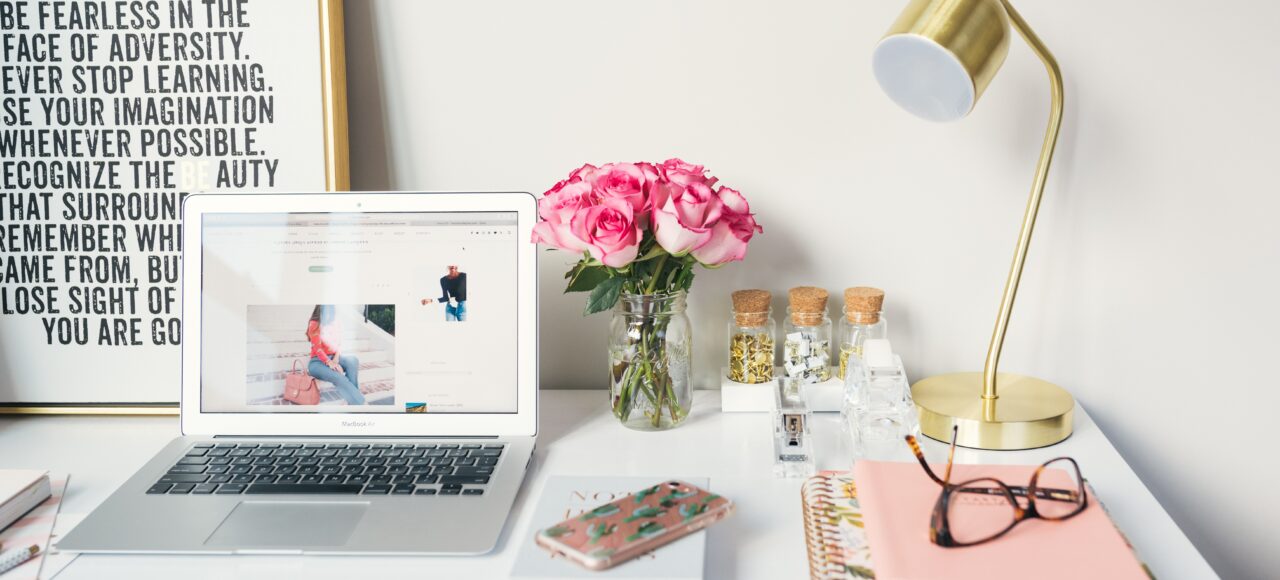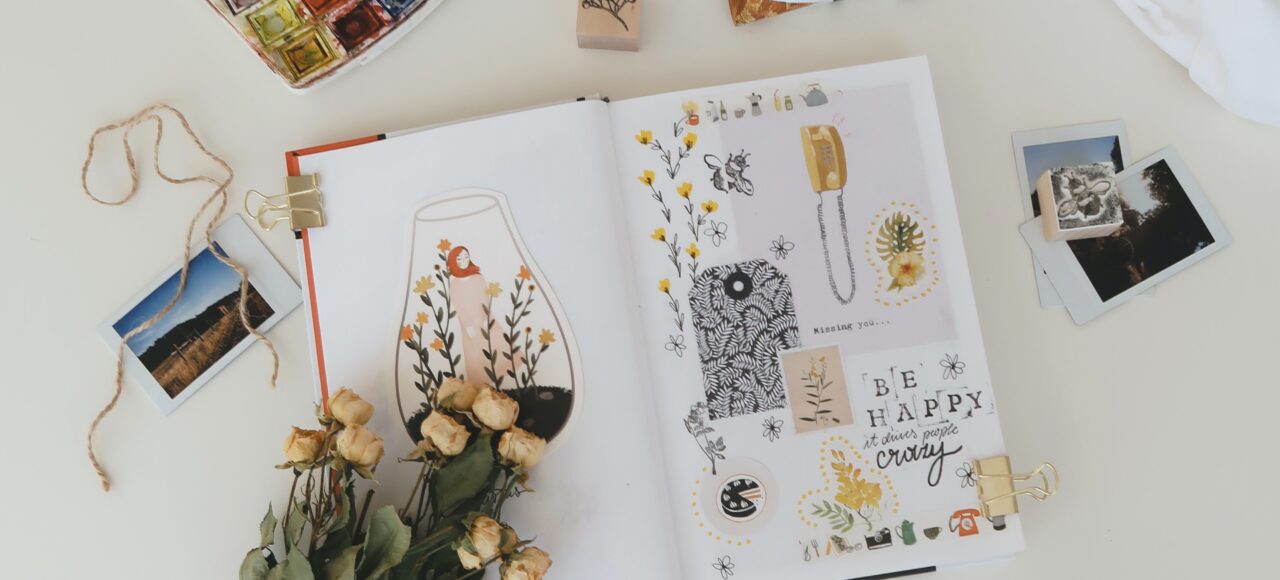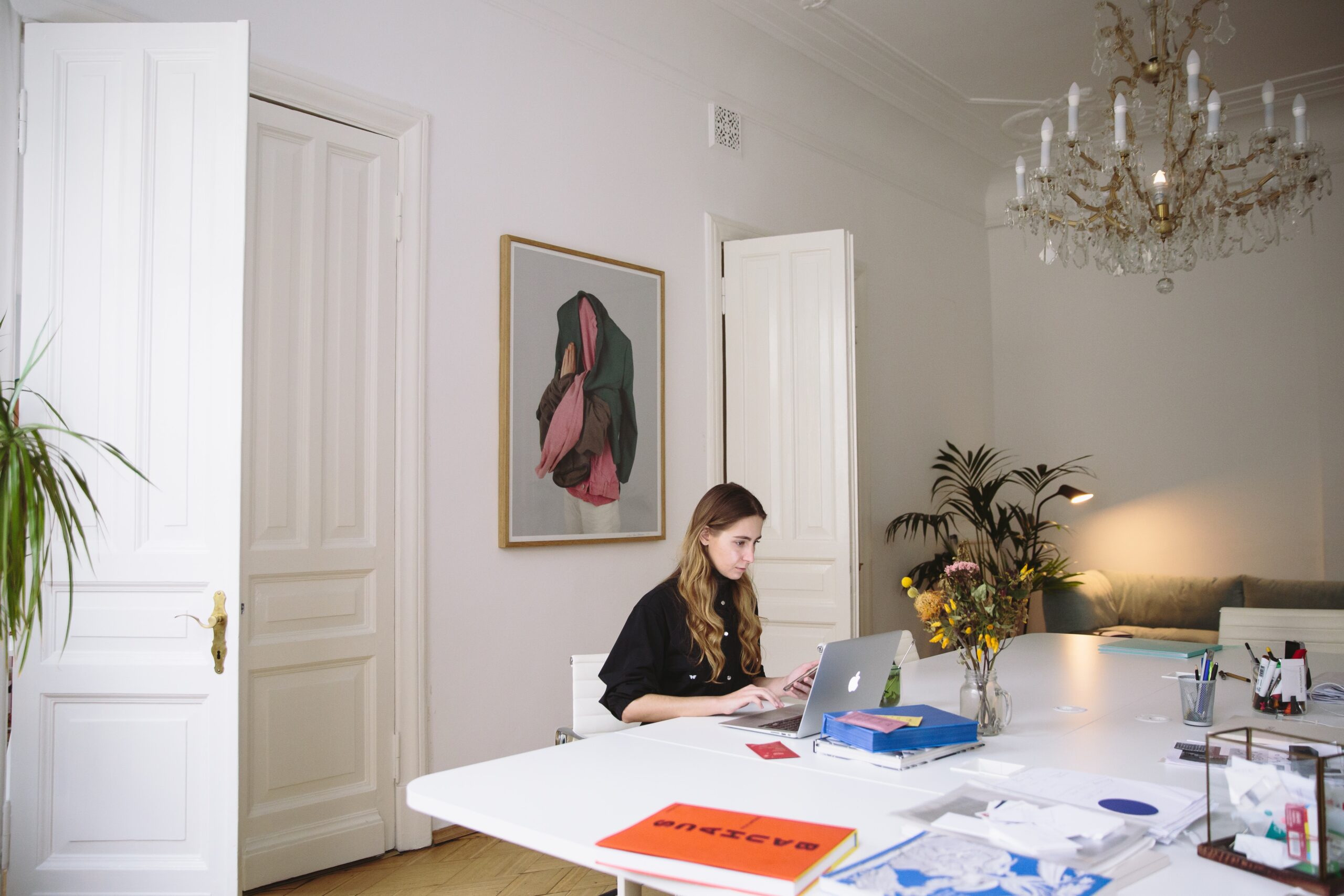
How to Use Your Creativity at Work
Being a creative in a non-creative role can feel draining. You work day after day on reports and don’t get the opportunity to express yourself. Indeed, being in the wrong work environment can be exhausting and leave you feeling unsatisfied. But we don’t all have the option to find a new job whenever the mood hits.
Notably, it isn’t easy to make a living as a creative. You may spend years honing your practice before seeing any reward. Additionally, many people don’t want to monetize their passion – they just want to be able to do it.
Many great artists have kept their day jobs, especially when they were just getting started. But you might have trouble being creative off the clock if your job leaves you feeling drained and burnt out. Regardless of your position, there are ways to use your creativity. You may personalize your space or take on additional creative roles.
Why it Matters
Not everyone will understand why it matters to some to use their creativity. After all, some individuals get through their 9-5 without issue. Part of the misunderstanding comes from the misconception that creativity is “just for fun” and unprofessional.
However, this all comes back to our ideal work environment. Not every person will feel the same satisfaction in every position. An office job is great for some, while others want to get up and move. Furthermore, you’re more likely to put more effort into a company if you like what you’re doing. For creatives, this obviously means using their creativity.
Additionally, creativity is profitable. Consider the value of marketing – you must be creative to stay relevant. Otherwise, you simply blend into the background. The same can be said for employee engagement and productivity. If your staff dislikes the work they’re doing, what’s keeping them there? Even good pay and benefits aren’t enough to keep people engaged when they hate their jobs.
For example, the Great Resignation proved that many individuals value themselves, their quality of life, and the future more than a paycheck. Months later, surveys show that over three-quarters of workers who left their jobs are still happy with their decision.

Top 8 Ways to Use Your Creativity at Work
What your company allows will vary. For example, some businesses have rules about how much you can change your space. Others won’t have creative role opportunities (if you don’t work in the proper department). Regardless, you can find different ways to express yourself and enjoy your day job a little more.
Keep reading to learn our top eight tips to use your creativity at work.
1. Decorate Your Space
One of the simplest ways to use your creativity is by updating your old standard issue desk or cubicle. As we mentioned, your company may have rules for decorating. You might be able to put anything on the walls, display certain content, or have live plants.
Check the handbook and with your supervisor before you buy anything. Indeed, even if there is no company policy in place, your manager may have different thoughts.
There are many different ways to decorate a cubicle or office. Figure out what style sounds best to you. Do you want sleek and minimalist or bright and colorful? Ideally, it should be functional. We recommend looking for different storage and organizational containers first. You may also want shelf décor, fake or live plants, and artwork. Of course, don’t forget pictures of your loved ones!
Additionally, if you work from home, you’ll likely have much more freedom with what you can and can’t do. Don’t be afraid to go all out in your home office.
2. See if You Can Get Involved With Decorating the Office
Depending on your job, your office may have a common space, kitchen, or waiting room. Don’t hesitate to speak to your supervisor if you feel that the area needs an update. You may be able to take over the decoration or design.
Notably, if your business doesn’t have the budget to update their space, don’t use your own money for it. There’s a chance you’ll never see it again.
However, if you get permission and the funds to make the area look great, it’s time to start. Ask around about people’s ideas and preferences – you aren’t going to be the only one looking at the room. Additionally, consider functionality over appearance. If no one can comfortably exist in the break room, it’s not an upgrade.
3. Get Creative With Spreadsheets and Reports
You can update spreadsheets and reports using various graphics and colors. For example, you can make information look good by learning about the tools and abilities of your specific software.
Not only does putting in the extra effort make it look nice, but it can also make a report more comprehensive and informative. Indeed, an estimated 65% of individuals learn visually. They need to see information, data, and concepts to understand them better. You can improve your communication by adding graphics, charts, and similar content.
4. Create Content for Your Company
Ask your supervisor if there are any opportunities to create content at your job. This aspect may already be covered if your firm has a marketing team. However, you might find out that they’re looking for content articles, social media posts, or submissions for their newsletter.
Content creation will fall under a few different categories. For example, you may have company or public-facing articles. You may market a specific service or product. Or you may use your platform to talk about company culture, events, or customer service. Additionally, content and SEO articles might not be directly tied to something your business offers. These blogs focus on sharing valuable information and increasing web traffic.

5. Watch for New Opportunities
Sometimes creative opportunities may present themselves. Instead of carving out your position or role, your company may post creative jobs. Don’t hesitate to speak to your supervisor or apply to these positions. Truly, many businesses are happy to give trusted employees jobs in which they can excel. You may also find that you can combine your role with the creative position for higher pay.
Unfortunately, your current work environment won’t always match your needs. If you see another company or business post a creative position, consider what it would take to get you there. Indeed, not every job will be your last job. Don’t stay where you’re not happy.
6. Change Your Perspective
Some roles are creative, just not in the way we expected. For example, you may think of art when you think of creativity. Perhaps that is your passion. But marketing, entrepreneurship, and many lines of work require creative thinking for success.
Consider what goes into making new products, standing out among other businesses, and improving day-to-day work. Enhancing your company takes creativity. You must think of new automations, techniques, and more. Try brainstorming the ways you would improve your company. Once you have some good ideas, bring them to the relevant department. Notably, not every idea will work out, but you must first fail to succeed. As with every creative field, you must do research and practice to improve.
By adjusting your perspective, you may find that your “non-creative” job actually takes a great deal of creativity. Think of how you create, change, and improve your field.
7. Share Your Ideas
As we stated above, you need to share your ideas. Companies with a good working environment will be eager to improve their business.
Beyond marketing and automations, some managers will appreciate ideas on how they can update their practice overall. Indeed, small businesses have to stay relevant to succeed. They’ll want feedback and your unique perspective on how they can do that.
Additionally, you may find you create your own roles and positions by speaking up. If you don’t say anything, your peers and bosses will never know what type of work you’re interested in.
8. Save Your Creative Juices for Outside of Work
Notably, some creative people find that keeping a non-creative position actually helps them excel in their passion. Sometimes monetizing your creativity leads to not having any energy for it after work. Indeed, if you’re creating content and coming up with ideas for eight hours, you may come home to find you want nothing to do with your hobbies. Your creative juices have run dry.
Thus, you need to find a balance at work. Avoid running yourself to the ground by finding smaller ways to capture your creativity. You may choose specific creative hours or days. Maybe you only want to make content or post on social media on Wednesday.
If you take on a new role, make sure you set boundaries ahead of time. Always start small and don’t over-promise.
Keep a Notebook and Write Your Ideas as You Go
Additionally, try using a notebook or document to save the ideas you come up with at home. You obviously don’t want to brainstorm for your hobby while working. But we’ve all had days where we come up with a great idea for later. Then, you commute back home, open the door, and it’s gone forever.
Make sure you save your creative thoughts, even if it’s just on a sticky note. Through this process, you’ll feel less like your creativity is being stifled.
Final Thoughts
When you’re a creative individual working in a non-creative space, you may feel unsatisfied and frustrated by your job. Unfortunately, not everyone can pick up and find a new career. Instead, try to find creative outlets in your current position.
Across many fields, there are many unique opportunities to showcase your creative talents. Whether decorating your workspace, getting involved in marketing, or making your own path, you can find many ways to make your days more enjoyable. Additionally, you may find yourself in the career of your dreams.




